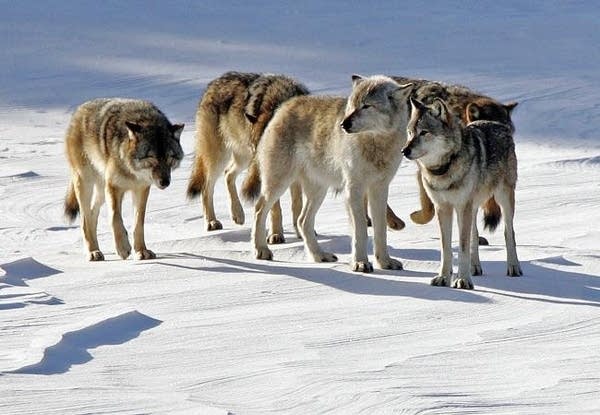New research confirms old theory: Wolves really do prefer old and sick moose

In this Feb. 10, 2006 photo a pack of gray wolves is shown on Isle Royale National Park in northern Michigan.
Courtesy of Michigan Technological University
Go Deeper.
Create an account or log in to save stories.
Like this?
Thanks for liking this story! We have added it to a list of your favorite stories.


